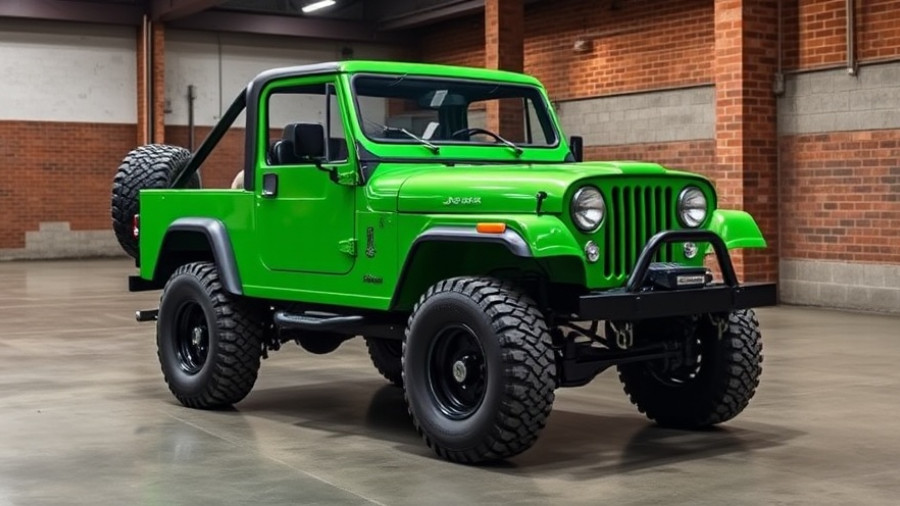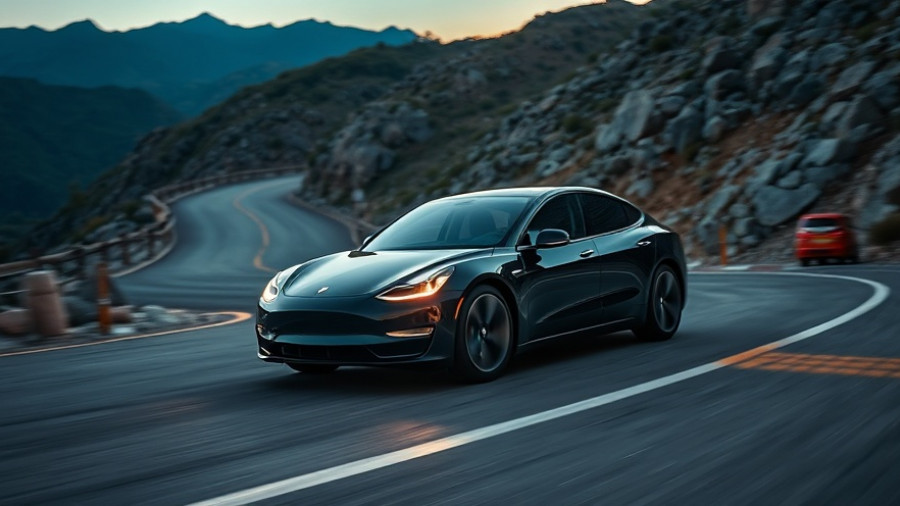
Unveiling Bugatti's Hypercar Revolution
The world of hypercars is evolving, and at the forefront of this revolution is Bugatti's latest masterpiece, the Tourbillon. During a recent tour, Mate Rimac, CEO of Bugatti-Rimac, provided an inside look into the development and innovative technology behind the Tourbillon, which is currently undergoing its testing phases. This upcoming hypercar promises not just speed but also groundbreaking features designed to challenge the status quo of automotive engineering.
Rimac's Vision: Crafting a Unique Identity for Bugatti
Before entering the helm of Bugatti, Rimac pondered using components from their Nevera model as the foundation for a new hybrid hypercar. He envisioned a collaboration that would integrate significant components such as the dual electric motors and adaptive steering system from the Nevera while pairing them with a robust V16 engine. However, Rimac felt this approach would compromise Bugatti's core identity, which is rooted in bespoke craftsmanship and a commitment to pushing boundaries.
Engineering Brilliance: The Tourbillon's Exclusive Features
One striking aspect of the Tourbillon is its manufacturing integrity. According to Rimac, every component of the Nevera bears the Rimac nameplate, with the exception of the HVAC box sourced from the Audi R8 – and that too has been customized to fit Bugatti's high standards. This approach not only drives up production costs (with the Nevera project reportedly costing around €150 million) but also reinforces a philosophy focused on innovation and excellence, as evidenced by features such as the unique speaker-free audio system in the cabin.
The Future of Hypercars: Technology for Every Driver
Rimac is not just focused on high-end models. There are ambitions to share technology from the Tourbillon across various platforms, potentially influencing how everyday vehicles are designed. The innovative electric powertrain, developed specifically for the Tourbillon, might find its way into more accessible cars in the near future, presenting opportunities to infuse electric performance across broader markets.
Market Realities: Sales Performance and Industry Impact
Despite the high price tag and meticulous engineering of the Nevera, sales have been a mixed bag, with approximately 50 units sold by July 2025 out of the planned 150. While Rimac acknowledges the slow sales, he regards the Nevera as the "most successful electric sports car" to date. This status raises questions about what it means for electric hypercars moving forward in an industry that recognizes both performance and sustainability.
The insights shared by Rimac shed light on an industry at an inflection point, balancing heritage with innovation. As consumers increasingly demand performance and eco-conscious designs, manufacturers like Bugatti are positioned to blend their legacy with cutting-edge technology to captivate both enthusiasts and everyday drivers alike. If Bugatti can continue to innovate without compromising its esteemed identity, it could shape the future of the hypercar segment.
 Add Row
Add Row  Add
Add 




Write A Comment